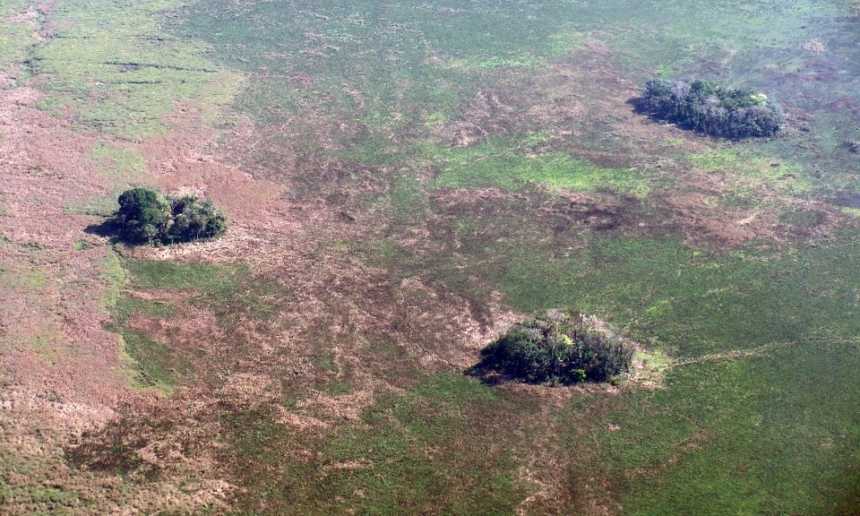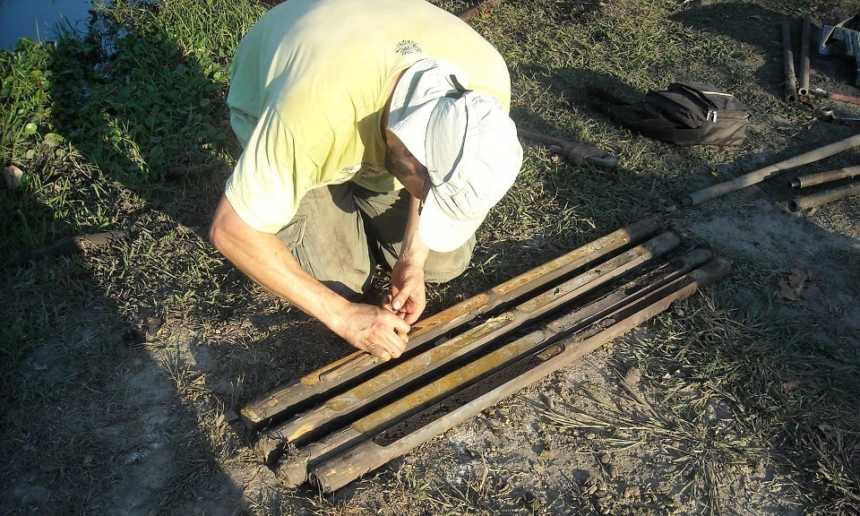Archaeologists have pinpointed four independent regions where humans first began cultivating crops: China, the Middle East, Mesoamerica, and the Andes. We can now add southwestern Amazonia to this exclusive list, owing to new evidence of plant domestication in the region.
People began forming settled societies in the Amazon rainforest as far back as 10,000 years ago,according to new research published today in Nature. A treasure trove of prehistoric finds, including the remains of five humans, was found under six feet (two metres) of dirt at three sites in Bolivia.
Scientists aren’t entirely certain when humans first migrated into South America, but archaeological evidence suggests it was as long as 14,600 to 15,600 years ago but these people wandered through the site and stopped only briefly. It was previously believed settlements sprung up 2,500 years ago, but this study defies this.

“[Previous work] identified south-west Amazonia as a potential centre of domestication because in this area they found a lot of wild relatives of domesticated plants,” said Dr Umberto Lombardo of the University of Bern, a co-author of the research.
Writing in the journal Nature, Lombardo and colleagues reveal how they made their discovery after investigating “forest islands” – raised, wooded areas, about 70 meters in diameter – within savanna in Llanos de Moxos, Bolivia.
The new evidence was found in Llanos de Moxos, an Amazonian savannah situated in northeast Bolivia. Measuring 126,000 square kilometers (48,700 square miles), Llanos de Moxos is peppered with unusual features that are all potential evidence of prehistoric human activity, including raised fields, mounds, canals, and forest islands. These “islands” are small, slightly raised areas of dense tree growth surrounded by plains. For the new study, Lombard and his colleagues focused on the forest islands, looking for signs of early cultivation.
Using a range of sources, including Google Earth, the team report more than 6,600 forest islands in Llanos de Moxos, adding that they looked at the makeup of soil samples at 82 of the sites, finding more than 60 showed telltale signs of human occupation – such as charcoal, shells and bone fragments. From these findings, the team estimated at least 4,700 of the “forest islands” identified were sites where humans once lived – and chucked their waste.
Further analysis, using radiocarbon dating of charcoal or shell fragments within samples from 31 of the sites, reveal human occupation dating as far back as 10,850 years ago – shortly after the end of the last ice age, when cultivation of plants began independently in various regions of the world.

“The consistent presence of a variety of domesticated crops across these soil profiles supports the interpretation that the forest islands were likely constructed and used as home gardens,” said Maezumi, who wasn’t involved with the new research.
The team report a heart-shaped phytolith that came from cassava at one site, in a sample dating to about 10,350 years ago, with scalloped, spherical phytoliths from the rind of squash plants found in samples dating as far back as 10,250 years ago.
Among other discoveries, the researchers found phytoliths from maize that date as far back as 6,850 years ago.
“Phytoliths are plant microfossils,” said Lombardo. “And we can use them to identify the plants that lived in that place in the past.”
“We already knew from genetic studies that manioc was domesticated some time between 8,000 to 10,000 years ago, so it is the squash evidence that is most surprising,” said Watling. “The fact that people were cultivating an already-domesticated squash species by 10,000 years ago implies an even earlier period of pre-domestication cultivation, and it will be extremely interesting to know where this took place.”
Interestingly, the new study also shows that early settlers of southwestern Amazonia were not exclusively hunter-gatherers, having adopted an agricultural lifestyle.
Watling said plenty of unanswered questions remain about these early occupations, such as the size of these groups, whether the forest islands were basically gardens, and where these people actually lived.

